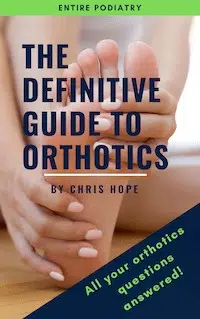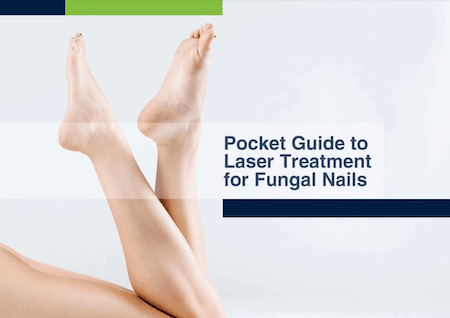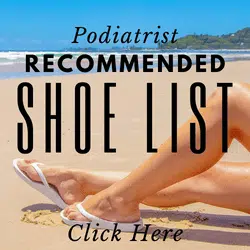Bursitis occurs when a bursal sac is inflamed. Bursal sacs are located throughout the body. They are fluid filled sacs that help to lubricate and reduce friction between two surfaces in the body, usually muscles and tendons as they glide over bony prominences.
In the foot there is only one naturally occurring bursal sac, which is located between the Achilles tendon and the heel bone (calcaneus). However in response to the constant “micro-trauma” that our feet experience when we walk, the body creates bursal sacs to protect areas of the foot where trauma is occurring. If the trauma continues, the bursal sac (that has formed in order to protect the foot) becomes inflamed and bursitis develops.
Symptoms of bursitis include:
- Pain, inflammation, redness and swelling
- Heat may emanate from the painful area
- Increased pain in the morning, or after being immobile for extended periods of time
What causes bursitis?
Bursitis in the foot is usually secondary to other foot conditions. For example:
Bunion or tailor’s bunion
People who have a bunion or tailor’s bunion will often have bursitis on the side of the foot where the bony prominence is located.
Hammertoe
In the presence of a hammertoe, bursitis may form on the top of the toe as it rubs on shoes. Symptoms of this include tenderness, redness and swelling on the top of the affected toe. With too much pressure the bursitis can burst and become infected.
Heel pain
In addition to the naturally occurring bursal sac at the back of the heel, bursitis can also develop just off centre of the back of the heel. This can be due to rubbing of shoes on the heel bone (calcaneus), causing a bursal sac to form and eventually become inflamed. Bursitis can also occur secondary to heel spurs or plantar fasciitis.
Ball of foot pain
Bursitis can form on the ball of the foot, which may accompany capsulitis, neuroma, metartarsalgia, or sesamoiditis.
How is bursitis treated?
Because bursitis is often secondary to other foot conditions, it is important that treatment addresses any underlying foot condition (such as bunion deformity, hammertoe). Additional treatment to relieve the symptoms of bursitis includes:
- Anti-inflammatory medication
- Icing the area
- Orthotics to redistribute body weight through the foot and take pressure off the painful area
- Footwear advice




